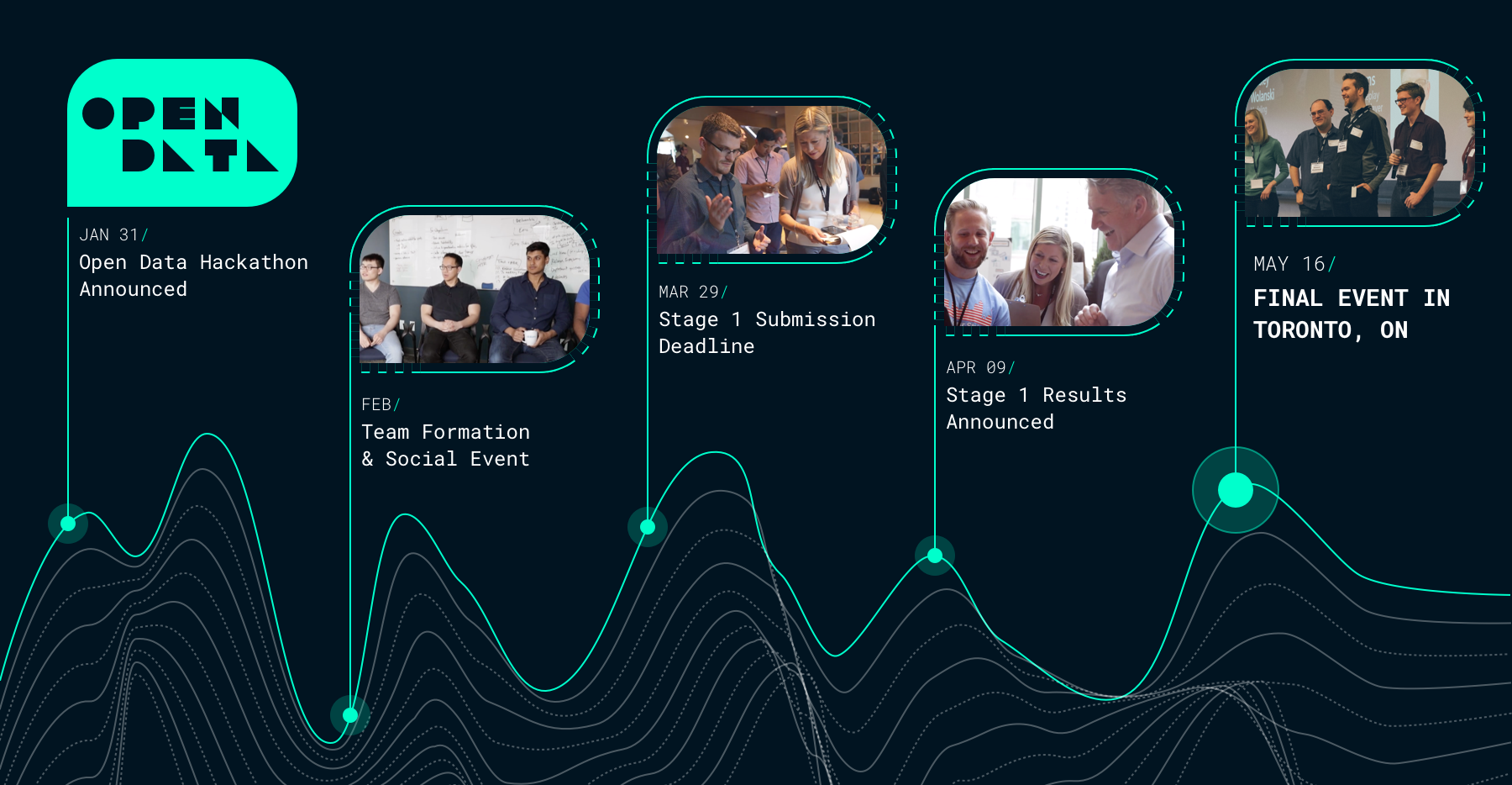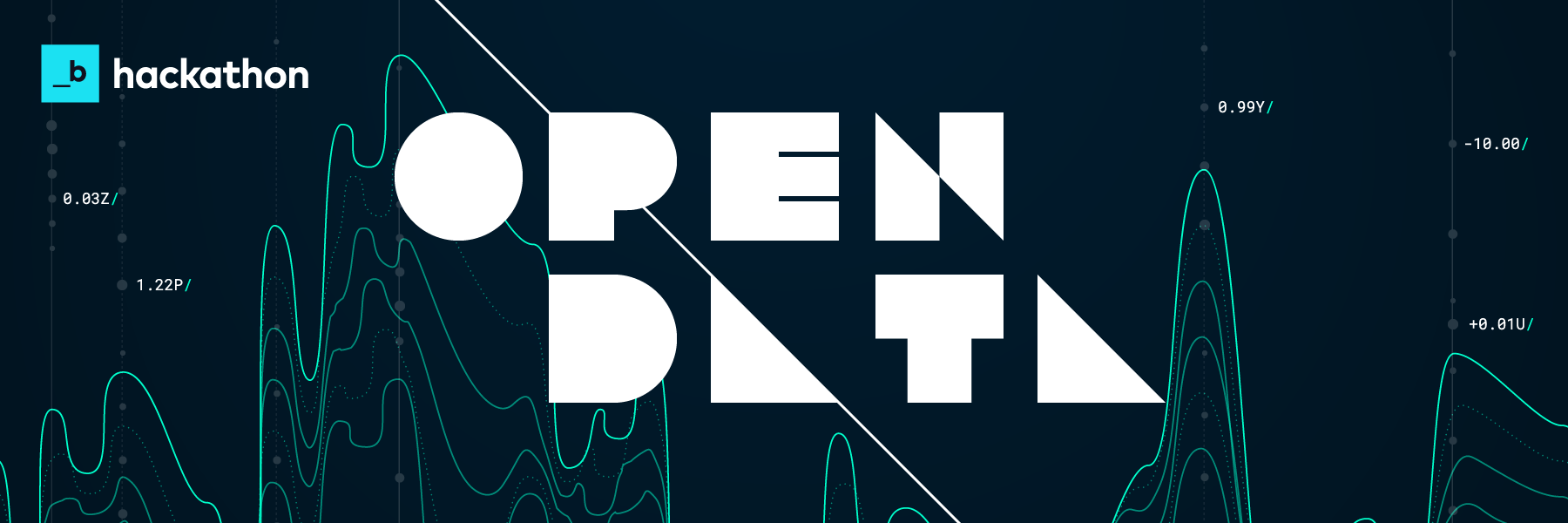2019 Open Data Hackathon
On Thursday, May 16th, twelve teams came together in Toronto to share the incredible solutions they put together over the course of the 2019 Open Data Hackathon. The final event had around 100 people attending, to watch as our teams pitched, demonstrated and “sold” their products to our esteemed judging panel. Slalom leaders Stephen Roger, Hilary Feier, Gretchen Peri, Joe Berg and Steve Walintschek carefully evaluated the teams’ presentations and products, speaking to the teams one-on-one in our fast-paced four hour event!
The deliberations went into extra innings, but the judges concluded that team Detroit Hustles Smarter was to take home the trophy, held in Toronto by the winners of the Blockchain Hackathon since last year.
Congratulations to Team Detroit Hustles Smarter, as well as our runner-ups: teams Fire Department Slalom Consulting and InnoVate Public Health!
Thank you to all teams for sharing your projects. You can see the deck presented at the event here (if you're a Slalom employee!). Our informational booklet distributed at the final event can also be found here for a succinct breakdown of all of our finalist teams! Below are the project details from the winner and two runner-ups from the event.
Sign up to receive updates from the Build Hackathon Committee
Slalom Hackathons
Timeline
- Tuesday, Jan 30th – Hackathon Announced
- Friday, March 29th – Stage 1 Submission Deadline
- Tuesday, April 9th – Stage 1 Results Announced
- Thursday, May 16th – Final Event in Toronto

Detroit Hustles Smarter - Winner! Project: Open Air QualityHelping Detroit communities breathe easierPeter Welch, Mark Holt, Jacob Scheatzle, Drew Triplett, Stephanie Wong What: In keeping with the theme of utilizing data to Improve Community and Government, our team set out to utilize existing air quality data sets to identify patterns and predict how air quality changes over time. During our investigation into existing data sets, we recognized a distinct lack of real-time Air Quality Index (AQI) information in the nearby 48217 area, known locally to have persistent complaints about the impact of industry. To solve this problem, we designed our own air quality sensors that can be installed outside community buildings to gather this valuable data and published into the same data sets we're trying to leverage for our air quality analysis. Wow: Our cross-practice team of TE, D&A and XD consultants each brought their unique skills and passions to the project armed with a strong desire to help the people of 48217 as well as other local communities that might benefit from a better understanding of the environment they are raising their children in. The team identified publicly available data sets that could be leveraged to understand air quality patterns over time and ultimately help to predict how it is likely to change. However, in order to help 48217, we needed to enrich the existing information with data that could only be obtained through air quality sensors located within that community. The team decided to design a custom, 3D printed, air quality sensor powered by Arduino and publishing its data to the cloud via AWS IoT where the data can be used by any subscriber. We also built forecast and regression models using Prophet and Caret R as well as a Kibana dashboard for viewing real-time data and Tableau visualizations. Partners Used: AWS, Tableau |
FDSC (Fire Department Slalom Consulting) - 2nd Place
|
InnoVate Public Health - 3rd Place
|
Build Hackathon Team
The XM Hackathon series is sponsored by Mike Cowden, Ian Cook, and Greg Martin out of the XM Build Center in Seattle. The Hackathon program is lead by a committee of cross-functional members consisting of:
 Jeremiah Dangler Program Sponsor |
 Tristan Leonard Program Lead |
 Chaffee Burke Solution Owner |
 Gwen Zellers Operations Lead |
 Jon Busby Business Partner |
 Miheer Munjal Local Lead |
 Dustin Schnaitman Alliances & Partners |
 Jordan Denmark Marketing & Branding |
 Chris Bueno Experience Design |
 Simon Griffeth Experience Design |
In addition to the core team, we receive tremendous support from local representatives from every Build Center!
|
Seattle
|
Chicago
|
Boston
|
Toronto
|
|
Houston
|
Denver
|
Charlotte
|
Our Mission
WHY
Slalom engages in this broad hackathons for a number of reasons. They build or reinforce our collaboration and teamwork muscle memory, not only within our delivery centers but throughout our entire company, across every discipline. They help get our name out there! Multiple relationships with non-profit organizations were easier to build simply because the point of contacts had heard of Slalom, our work, or even our previous hackathon efforts! They also give us an opportunity to learn something new, stay on top of emerging trends, and build expertise for upcoming client deliverables.
WHAT
The 2018 Hack for Social Good inspired a record number of teams from six delivery centers and twelve local markets to form a relationship with a local non-profit, solve a problem, and make a positive impact on their communities. These teams presented their solutions at the final event in Denver, often alongside representatives from their non-profit. Previously, the Artificial Intelligence Hackathon challenged dozens of teams across a dozen offices. The 2017 HoloLens Hackathon inspired teams from all over the world to be spontaneous and creative. In 2016, the Amazon Hackathon gave the same opportunity to four delivery centers, where sixteen teams created over twenty Alexa skills.
WOW
The end results of our hackathons include:
- Publishing skills and an open source tool to develop Alexa voice assets quickly
- Utilizing engineering, design, and product expertise to create unique holographic applications
- Using technologies from our top partners to build AI solutions to solve complex problems
- Working with leaders of our communities to make earnest, real impacts on local non-profit organizations and our communities, our environment, our schools, and our healthcare systems
- Exploring the capabilities of Blockchain, a core component of cryptocurrency solutions, but without applying it to cryptocurrency specifically. We explored the feasibility and desirability of Blockchain as a core component for solutions relating to fraud detection, healthcare and government applications
Change Log
- 20190130 - Initial Version with intro, timeline, final event details, about section and program team -TLL
- 20190131 - Added basic judging criteria, submission requirements, general guidelines, partner guidelines -TLL
- 20190201 - Updated content -TLL
- 20190313 - Expanded judging criteria, added travel guidance -TLL
- 20190523 - Added winners, removed other content -TLL




 Project: eVect Health
Project: eVect Health